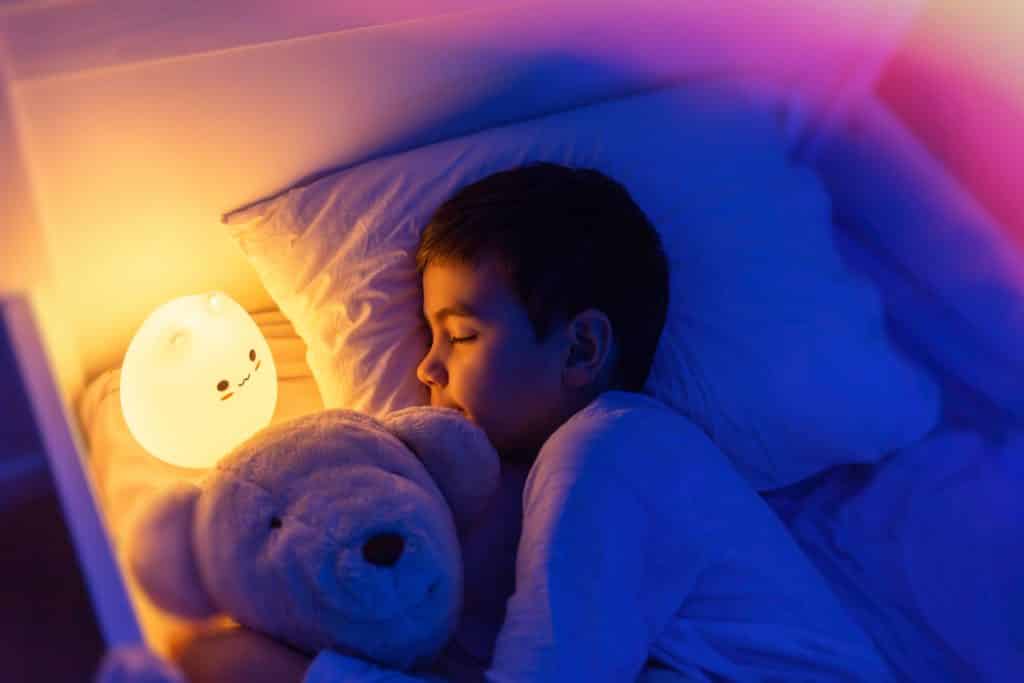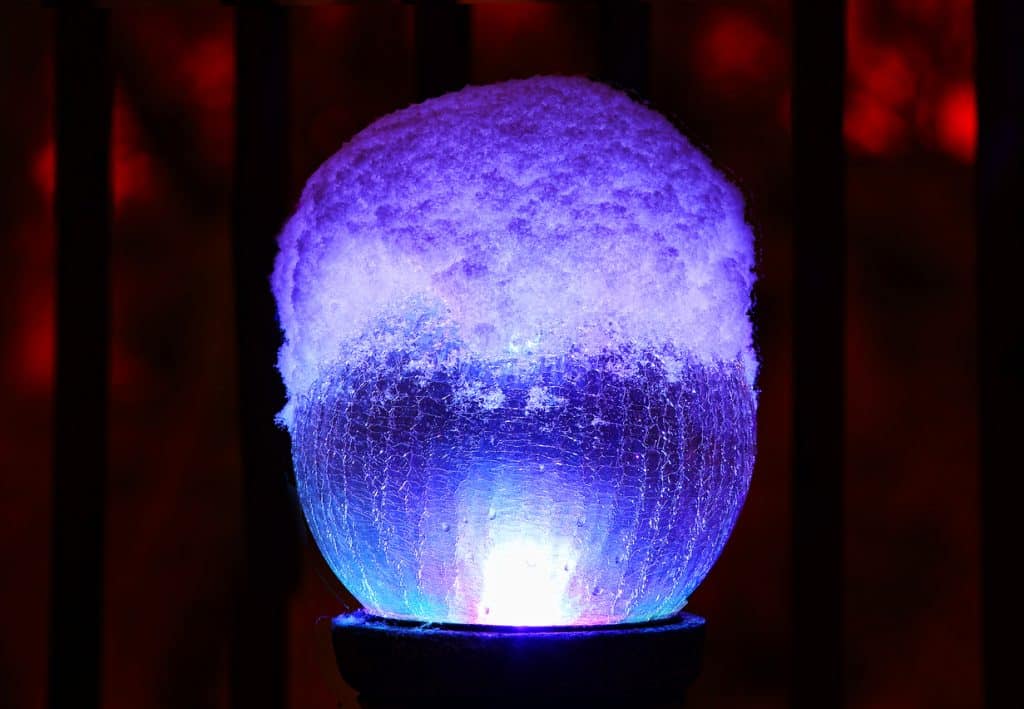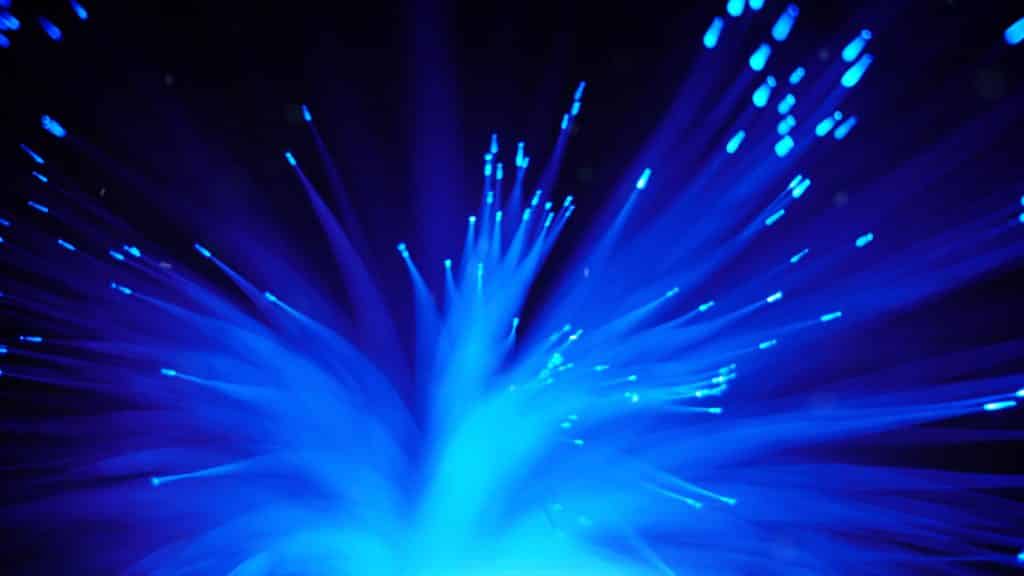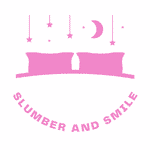No question, getting a good night’s sleep is crucial for your overall health and well-being, but it can be tough to get the right amount of rest when you’re struggling with insomnia or other sleep issues.
One way to improve your chances of catching some quality z’s is by using a LED light therapy device – but what color should you choose? With many sellers pushing their color light as the best for sleep, it can be tough to know what to believe.
In this article, we will answer the question of what color LED light helps you sleep, along with some other information you need and deserve to know. By the end of this article, you will be guided and enlightened about what color LED light helps you sleep.
What Color LED Light Helps You Sleep?
The short answer to what color LED light helps you sleep is red light. In fact, red LED light color has been shown to be so effective that there is a whole industry building up around red light therapy.
A lot of research suggests that different colors of light can affect our mood and sleep. Blue light, for example, is known to be stimulating and can be helpful for daytime productivity, but it’s not so great for sleep. On the other hand, red light is the most relaxing and helps improve sleep quality.
Interestingly, what works best for one person might not work as well for another. Some people find that a pink light is best for falling asleep, while others prefer a more yellow light. While it can depend on the person using the color LED light for sleep, scientists say darker colors like blue, green, and purple are more likely to interfere with sleep.
Thus, to answer this question: what color led light helps you sleep? The best answer is that it depends on the person. There are many different colors of LED light therapy devices available on the market, so it’s important to research what color light is best for you before purchasing one.
Remember that what might work on you might not work on the other person, and vice-versa. It takes research and trial and error to find out the best night light color for you.

How light color affects sleep
According to research, the colors of the light surrounding us affect our Circadian rhythms. Circadian rhythms usually refer to the physical, mental, and behavioral changes that follow a roughly 24-hour cycle. They are regulated by the hypothalamus, which is a part of the brain that responds to light and dark signals.
Blue light wakes us up
The blue light spectrum is what tells our brains it’s daytime. Blue or white light suppresses melatonin production, which is the hormone that makes us feel tired. Too much exposure to blue light, especially in the later hours of the evening, can make it difficult to fall asleep and impact our overall sleep quality.
Red light makes us sleepy
This is in contrast to red LED light colors. Red light exposure at night will help improve our sleep quality. Red light has the opposite effect on melatonin production and helps us feel sleepy. This is why many people find that using a red LED light for sleep is helpful.
Contrary to popular opinion, red light has more chance of making people fall asleep compared to blue light. Even though the color does not look appealing at one glance, it has more calming features that help the user drift into slumber.
Read also: Is a Kindle OK to read before bed?
Red light does not adversely impact on our circadian rhythm
In addition, according to the CDC, red, yellow, and orange lights have little to no effect on the circadian rhythms, so these colors are the best ones to be used as the best light color for sleep.
Why avoid screens before bed
When our brains think that it’s daytime, it can be incredibly hard for us to fall asleep because we are conditioned to be awake and asleep during the night. On the other hand, warm colors such as yellow, red, and orange lights do not impact our circadian rhythms and can be used as night lights without any issues.
That’s why most people should stay away from using their smartphones, laptops, computers, or even watching television before they go to sleep. These devices have blue light, which emits short-wavelength light that tricks our brains into thinking it’s daytime.
The CDC advised that you should stay away from bright light two hours before your designated bedtime so that the light can condition your mind that you are falling asleep on time.
From about two hours before your normal bedtime schedule and through the night until about one hour after your usual morning wake-up, the circadian clock is most sensitive to light, as this is the sensitive period. The amount of light you are exposed to during these times will affect when your body naturally becomes sleepy and is ready to sleep.
For children, having the right light colors at night is also beneficial for their sleeping habits. A study from the researchers at the Journal of Clinical Sleep Medicine and the Sleep Foundation showed that children who had a blue light filter on their devices slept better and had improved behavior.
More research is needed to determine whether blue light causes sleep disruptions or whether children who already have sleep issues are more prone to use screens (and thus be exposed to blue light) before bed and at night. These two variables likely have a bidirectional relationship where sleep influences screen time usage and vice versa.
Thus, it is safe to say that different light colors affect our sleeping patterns from childhood to adulthood. We should use this information in choosing the best night light color for our sleeping habits. After all, we’re using the best light color for sleep to improve the quality of our sleeping habits.
How light color affects mood
Blue light has a negative effect on mood
Aside from affecting our sleeping patterns, various light colors also affect our mood swings throughout the day. A study conducted by the research team at the Lighting Research Center at Rensselaer Polytechnic Institute found that people exposed to blue light had more negative moods than those exposed to other colors.
The study showed that when participants were exposed to blue light, they became more irritable, had lower satisfaction levels, and were less alert. In contrast, when participants were exposed to green light, they had more positive moods and were more alert.
In addition, another research from the same research center has also concluded that those who got more exposure to morning light have improved sleeping patterns and moods. It also lowers the stress levels of most office workers.
Some studies have also shown that exposure to brighter light can increase the intensity of their emotions, and low light can stabilize their emotions. For example, in a study by the American Psychological Association, the researchers found that emotionally unstable people were more likely to experience anxiety and depression when exposed to low-intensity light.
Though many studies have been conducted on this topic, it is still difficult to conclude what light color is the best for mood swings. However, we can deduce from these studies that different colors of light affect our emotions, and it is best to be aware of what these are before making any decisions.
Natural bright light increases alertness
Lighting has also been seen as a prime factor in boosting the morale and motivation of many office workers. A study conducted by Northwestern University found that when workers were exposed to natural lighting, they became more alert, had better moods, and were more productive.
The researchers found that when workers were exposed to bright light during the day, they had fewer errors, less fatigue, and became more efficient. Contrastingly, when workers were not exposed to bright light, they made more mistakes, were less productive, and had more fatigue. These studies show that light affects our moods, productivity, and work efficiency.
For children, having the right light colors and intensity can also help them stimulate their moods or improve their productivity. It is said that bright light also boosts the concentration and focus among children, enabling them to be more alert in their school lessons. Thus, exposing children to daylight or bright light during the day can help them in more ways than one.
These studies have shown that having the right light can improve our productivity and moods.
A natural light alarm clock can be perfect for those who struggle with sleeping through alarms.
What color light is the most relaxing?

A recent study by the University of Surrey has found that the color purple is the most relaxing light color. The study was conducted with people asked to watch a short video clip on either a purple or blue screen.
The results showed that those who watched the purple screen had lower heart rates and blood pressure levels, and they also felt more relaxed and calm than those who watched the blue screen.
We can say that purple is the most relaxing color light from these findings. Though the study was conducted with a small group of people, it could suggest that purple might be a good color to use as a night light or in a relaxation room.
Purple light has also been found to help treat migraines and can be used as an alternative to medications.
What color light is best for falling asleep?
Red light is generally considered to be best for falling asleep. You can read all about it, in our article here.
Aside from red, there is no clear consensus on the best color light for falling asleep. However, many people believe that a soft pink or yellow light is the best option as it is not too bright and does not have any harsh effects on the eyes.
Some people also find that blue light, the most common color used in LED lights, can stimulate and keep them awake. This is because blue light has a short wavelength, making it the brightest light color.
Though there is no one definitive answer to this question, it is best to experiment with different colors to see what works best for you.
Red light is good for sleep
A study conducted by researchers at the National Sleep Foundation also suggests that using a dim red night light might be beneficial for people who have trouble falling asleep. The study found that those who used a red night light slept for 20 minutes longer than those who did not use any night light.
Blue light is bad for sleep
One light color that you should not use is blue light if you want to fall asleep fast. It is because blue light suppresses melatonin production, which is a hormone that helps you sleep.
As mentioned earlier, blue light gives our minds the idea that it is daytime and we need to be awake because of its stimulation.
How is red light good for sleep?
Though the answer to this question is not entirely clear, there is some evidence to suggest that red light might be beneficial for sleep. A study by the University of Surrey found that those exposed to red light had lower heart rates and blood pressure levels, and they also felt more relaxed and calm than those exposed to blue light.
Moreover, red light has no effects on our body’s Circadian rhythms, which can be disrupted by blue light. This means that red light is a good option for those who want to avoid being woken up by the blue light of LED lights.
Thus, while more research is needed to solidify that red light is beneficial to sleep, many studies show that red light does not affect our Circadian rhythms and, therefore helpful in making people fall asleep.
Even though the color might not look as inviting as, let’s say, yellow or pink, red light can help people relax, stabilize their moods, and therefore calm them before falling asleep.
Is pink light good for sleep?
Similar to what has been said about red light, pink light is also a good option for sleep as it does not have any harsh effects on the eyes and can help relax people.
A Lighting Research Center study found that women exposed to pink light slept better and felt more alert during the day than those exposed to other colors such as white or blue light.
This study is interesting as it suggests that pink light might be more beneficial for women than men when it comes to sleep. However, more research is needed to confirm this claim.
Moreover, since pink is a softer color, it is a good option for those who want to have a calmer environment before bed. For those who do not like using red light as a night light color, pink is the next best night light color.
Is yellow light good for sleep?
Like what has been said about red and pink light, yellow light is another good option for sleep as it does not have any harsh effects on the eyes.
Studies have found that those exposed to yellow light feel more relaxed and calm than those exposed to other colors such as white or blue light.
Moreover, yellow light can improve moods, which can be helpful for those who are struggling with insomnia or anxiety. Even though it is a warmer color and is mostly associated with daylight, yellow light can be a good choice for a night light color.
Thus, if you are looking for a color that will help you relax and get to sleep, yellow light is a good option.
How is blue light bad for sleep?

Exposure to blue light can mess up the body’s circadian rhythms, making it difficult for people to fall asleep.
Apart from this, blue light can also be harmful to our eyes as it can cause long-term damage. A study by the University of California found that those exposed to blue light had a higher risk of developing age-related macular degeneration, a leading cause of blindness.
Thus, blue light should be avoided as much as possible when getting a good night’s sleep.
While LED lights are the main source of blue light, it is important to remember that other devices such as phones, laptops, and tablets also emit blue light. This means that we should be mindful of the amount of time we spend using these devices before bed.
It is highly advisable for people experiencing sleeping disorders such as insomnia to stay away from any devices emitting blue light at least two hours before bed. It will also help if they do not have any televisions in the bedroom.
Is green light good for sleep?
There is not a lot of research that has been conducted on the effects of green light when it comes to sleep. However, little research that has been conducted suggests that green light might help improve sleep.
A Lighting Research Center study found that those exposed to green light slept better and felt more alert during the day than those exposed to other colors such as white or blue light.
While the researchers conducted this research on a few people, it provides a good beginning for further study on the effects of green light on sleep.
Since green is a calming and soothing color, it might be a good option for those who are struggling with sleeping disorders. If you are looking for a night light color that can help you relax, green light is a good option.
What are the worst light options for sleeping?
Now that we have mentioned which kinds of light colors are the best for falling asleep, it is important to mention which ones should be avoided.
As we have mentioned, blue light is the worst light color for sleep as it can disrupt our circadian rhythms and cause long-term damage to our eyes.
In addition to blue light, people should also avoid white light as it can be disruptive and cause anxiety. Moreover, those exposed to white light at night might find it difficult to fall asleep.
Thus, it is highly recommended that you change your bathroom lights from white to dimmer colors because they can affect your sleeping habits. For example, turning your bathroom lights on during your trips to the bathroom in the wee hours of the morning can severely disrupt your sleeping pattern.
Lighting tips to improve sleeping habits
Knowing which light colors are harmful or effective in sleeping habits is important because it will help us decorate or innovate our bedroom layout to expose ourselves to better light colors that will help us fall asleep instantly.
Remove electronic devices from the bedroom
For one, do not install any television sets inside your bedroom. TVs emit many intrusive blue lights and can be disruptive when trying to sleep. It would also help install dimmer switches in your bedroom to adjust the lights according to time.
Try reading from a physical book rather than an e-reader if you like to read before bed. E-readers have a backlight, which may emit a lot of blue light. Use a soft yellow or pink light to read by.
If you like to use your smartphone or laptop before bed, try using apps or programs that reduce the amount of blue light emitted from the screen. Some good options are f.lux and Night Shift for iOS devices and Twilight and Blue Light Filter for Android devices.
Change bathroom light bulbs
Change your bathroom lights from white to yellow or dimmer. You can also try installing a light dimmer switch in your bathroom. It would help if you also considered switching to LED lights in your bedroom that can change colors.
Try to get natural light in the morning
You can also move your bed to where the windows are to get natural light during the day. If that is not possible, try using a red light therapy lamp to help regulate your sleeping patterns.
Set a lighting schedule
Lastly, make sure to set a regular lighting sleep schedule and stick to it! This means you should stop using any blue-light emitting device at least two hours before bed. You should try to avoid too much exposure to any artificial light after this time. Use red, pink or yellow lights (for example in night lights) as you are getting ready for bed. This will help your body become sleepy, making it easier to fall asleep and wake up.
These tips are small changes that can make a big difference in your sleeping habits. By exposing yourself to the right kind of light before bed, you can help improve your sleep and feel more alert during the day.
Conclusion: What color LED light helps you sleep?
Light plays an important role in your natural sleep cycle and certain LED light colours can even help you sleep. Red LED light can promote sleep, whereas blue light exposure will keep you awake and distrupt your sleep cycle. Because of this, you should avoid blue LED lights before bedtime and use red LED lamps instead.
There are many different ways to help improve your sleeping habits. By knowing which light colors are helpful or harmful, you can make small changes in your lifestyle to get better quality sleep. Some easy tips include avoiding blue light before bed, using dimmer switches in your bedroom and adjusting the lights according to time, and changing your bathroom light bulbs to yellow or dimmer. You can also try installing a light dimmer switch in your bathroom. Getting natural light in the morning can also help regulate your sleeping patterns. Finally, setting a regular lighting sleep schedule is important in order to stick to healthy sleeping habits.
